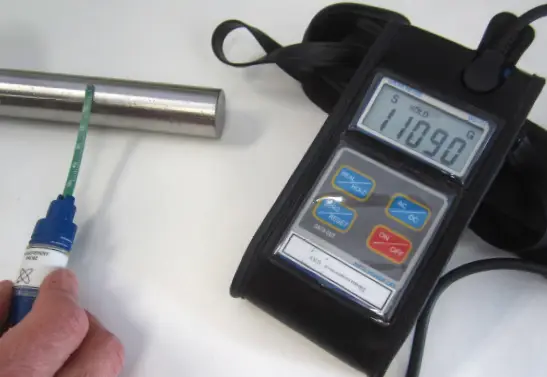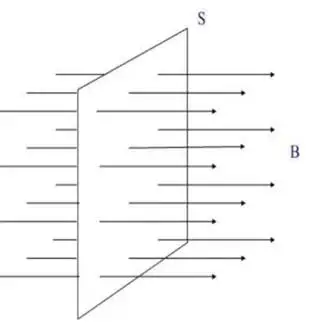Remanence, coercivity, intrinsic coercivity, and maximum magnetic energy product are the four most common parameters for measuring the properties of magnetic materials, in addition to the other two parameters that we often see in finished magnets – surface magnetism and magnetic flux (also called magnetic flux).
Surf. magnetism (or surf. mag. flux density) quantifies mag. flux/unit area, measured in Gs/T, using Gauss meters/Hall sensors. It varies across a magnet due to uneven field distribution. In spatial mag. field apps, surf. magnetism at specific points is crucial. Influenced by magnet’s aspect ratio (mag. dir. size/diameter), surf. magnetism intensifies with aspect ratio, decreases with perpendicular surf. area, and increases with mag. dir. size. Variations in Hall sensors may cause slight differences in measurements among Gauss meters.


Magnetic Flux (Φ) measures overall magnetism, with units in Weber (Wb), given by Φ = B × S (B: magnetic induction, S: pole area). Fluxmeters, paired with Helmholtz coils, measure flux and calculate magnetic moment. Flux values vary with instrument settings, akin to weight vs. mass affected by gravity. Despite potential flux discrepancies among tools, magnetic moment remains constant. In open-circuit magnets, actual remanent magnetization (Bdi/intrinsic flux density) at work points can be derived from flux, using Bdi = Φ × coil const./magnet vol.
